Gardens – they’re all heart
Few symbols are as endearing and prevalent in gardens as hearts. Fewer still occur in gardens as naturally as the universal symbol of romance and friendship. Yes, beside the heart-shaped scrollwork and heart-emblazoned décor used by folks to enrich their gardens, landscapes boast a wealth of naturally occurring hearts. Look closely and you might discover the valentine icon in the coil of a vine, the configuration of tree bark, or the profile of a melon or gourd.
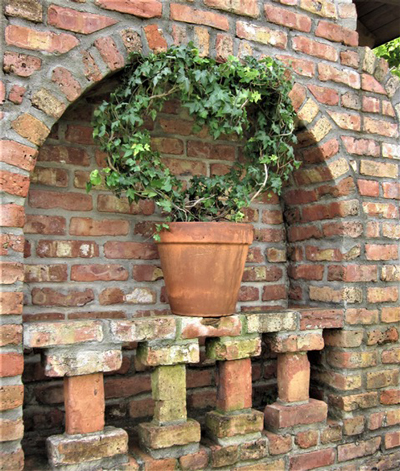
But it’s the abundance of heart-shaped foliage and flowers that make gardens all heart. In fact, some folks speculate that the geometric heart-shaped symbol now associated with love found its origin in the heart-shaped leaves of ivies and water lilies grown in the gardens of antiquity.
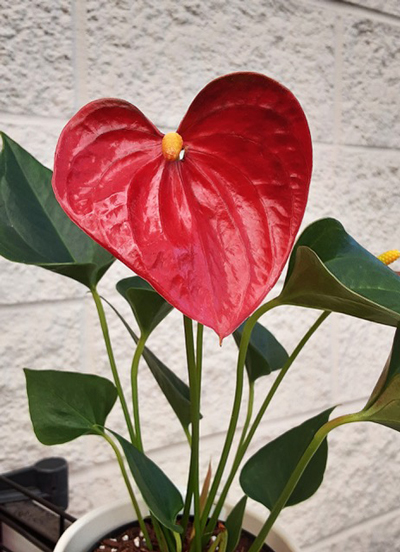
To add heart to your garden, start by including selections with heart-shaped flowers such as bleeding heart (Dicentra), an old garden favorite that dangles scarlet flowers from gracefully arching stems. Add heart to your porch or covered patio with anthurium. Although the tropical perennial is prized most for its exotic, blood-red blooms, the leaves are heart shaped, as well.
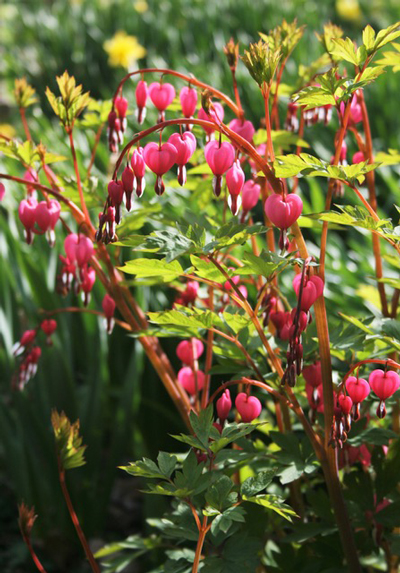
Cyclamen sets the heart on fire with its beautifully patterned, heart-shaped foliage, along with its red, pink, and white blooms. Hosta, too, wins hearts over with its boldly textured and patterned heart-shaped leaves.
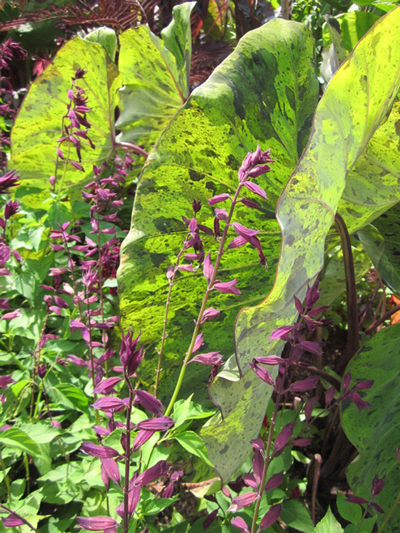
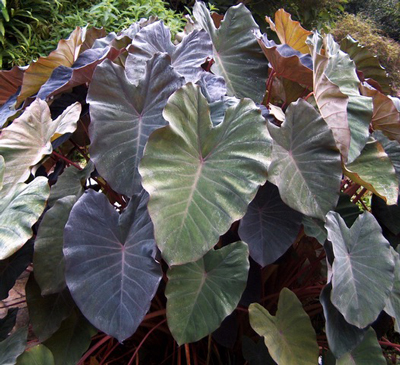
For a big-hearted impact, plant fancy-leaved caladium. The showy, heart-shaped foliage comes in combinations of green, white, cream, pink, and red. Elephant’s ear dominates gardens with its immense heart-like leaves in colors including green, black, bronze and variegated chartreuse.
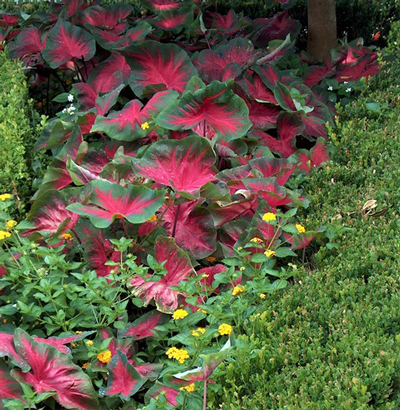

But small-sized hearts can make a big impression, too. Grow hoya in containers to enjoy its valentine-like succulent foliage. Display the small, perfectly-shaped hearts on sunny windowsills and patio tables by rooting individual leaves in miniature pots. Sweetheart vine, aptly called string of hearts, is another valentine-in-a-pot. Like a heart-adorned necklace, it suspends plump, heart-shaped leaves from long, thread-like stems.
Large vines, too, set the heart on fire.
Sweet potato vine weaves in, out, and around other garden plants forming a showy, heart-embellished groundcover. With some help, the vigorous vine climbs trellises, arbors, and other supports.
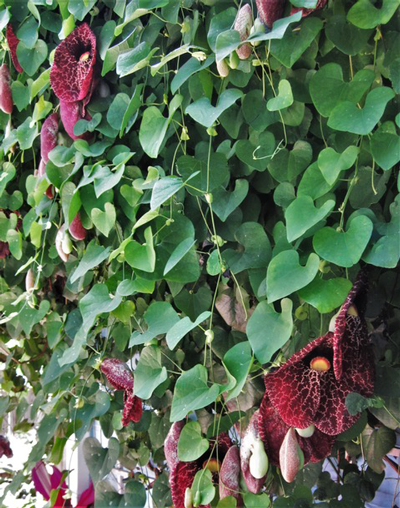
Dutchman’s pipe climbs by twining. Besides decorating gardens with its large, heart-shaped foliage and unusual blooms, this woody, deciduous vine attracts pipevine swallowtail butterflies who seek it as a host plant.
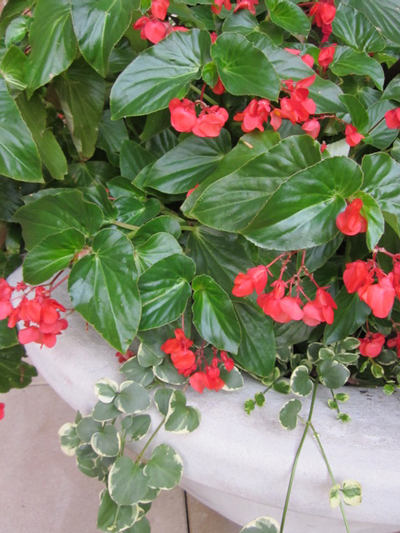
Air potato vine is an old fashioned trellis plant valued for its large, shade-producing, heart-shaped foliage. Store the aerial, potato-like tubers indoors during winter to plant the following spring.
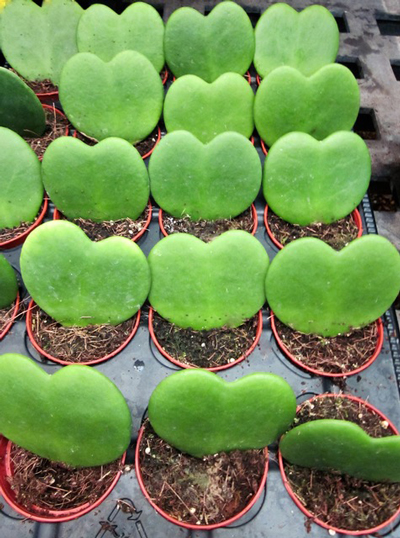
Other vining plants with heart-shaped foliage include philodendron (the sweetheart plant), golden pothos (yellow and green variegation), ivy, and morning glory. Redbud, a small ornamental tree, decorates gardens with heart-shaped foliage and spring flowers. Catalpa, another small tree, has large heart-like leaves and long seed pods.
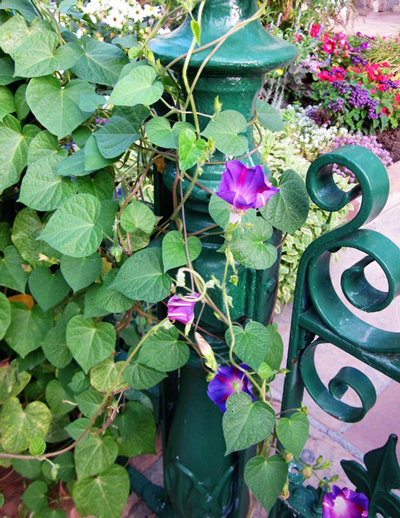
So look closely. One glance and you’ll realize that hearts are everywhere, and all it takes to discover them is a stroll down a garden path.
